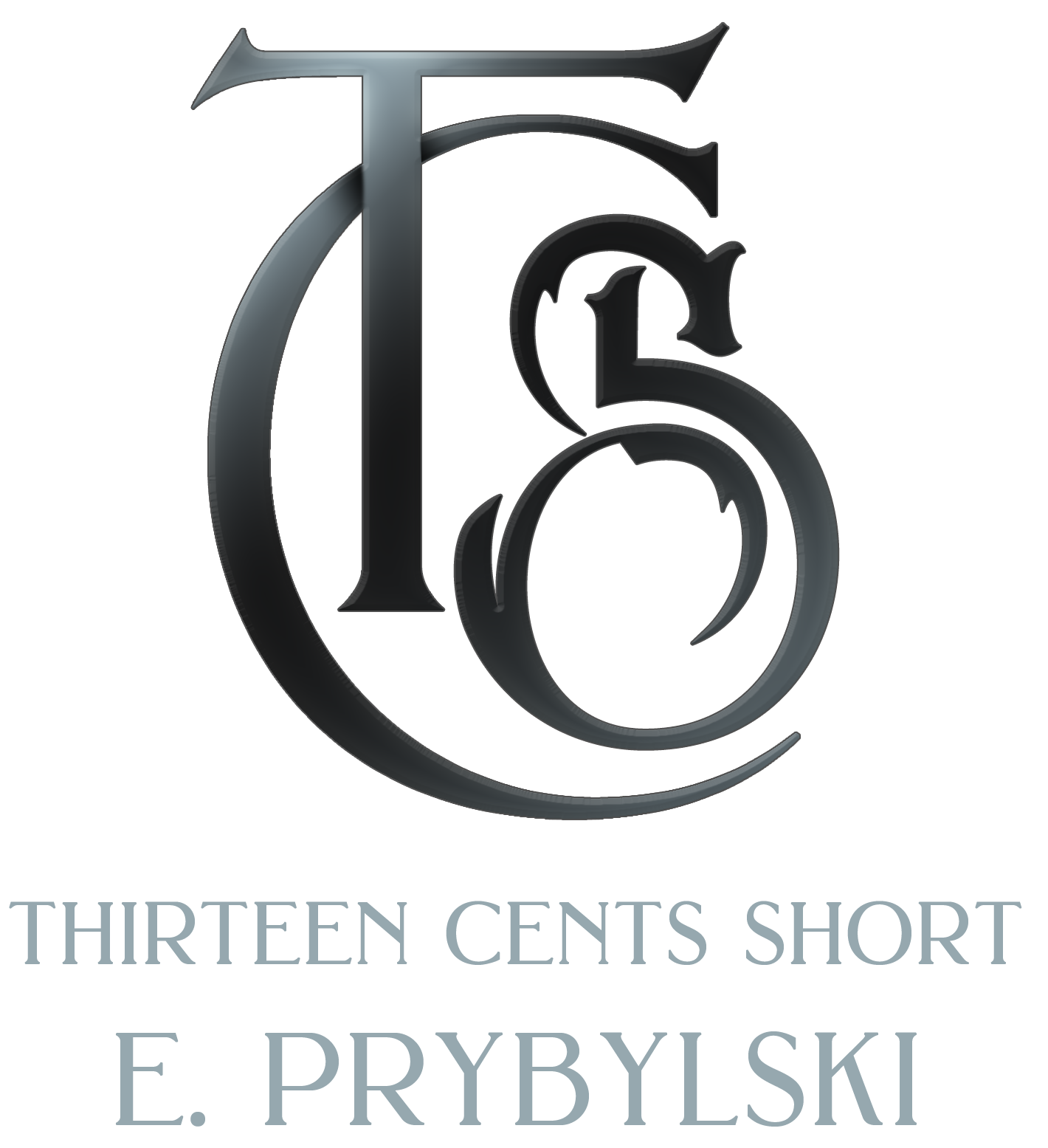Many writers struggle with description. I recently had a manuscript that, in the same chapter, suffered from over-description and under-description. The author told the reader every inch of the main character’s morning routine in intimate detail and then didn’t describe the setting whatsoever. The balance of describing things is difficult because we are told over and over that we need to move the plot forward. Everything we write should push the story onward. And then we read big name authors like Tolkien and Martin who describe everything in complete, intricate detail.
In the end? It comes down to taste. Do you prefer Hemmingway’s stark writing style that doesn’t spent words describing something so trivial as a character’s hair color unless it’s important or do you want to be Tolkien who filled his world with so much detail it took forever to dig through it to find the plot? While, by my writing style, you can probably guess my preference, it’s important to know what your style is.
For me, I’m somewhere in between. I like to give readers information that might not be directly plot-related but fills out the world, but I don’t want to drown my readers in it because it, to me, destroys the pacing. Finding this balance in your own writing is tough because you never know how much is too much or how little is too little until you read it. You’ll also hear conflicting stories at every turn. Some writing coaches will tell you one thing, and some will tell you another.
Ultimately, it’s your choice how much description you want to use. Choose one and stick to it, though you can experiment a bit with short stories and essays to decide which is going to be your personal style. While your style won’t be everyone’s cup of tea, you should take the time to learn and understand it.
Now, let me pull back a little and say there are empirical points where there can be too much or too little description, or where you might be using description improperly. These points aren’t a style choice; they’re places where you may be using things wrong.
How do you describe things poorly? By using a “laundry list” of adjectives or using adverbs unnecessarily, you’re not providing rich description. Let me give you an example of poor description and then an example of good description to show you what I mean.
Poor Description:
The bright, clear, yellow sun slowly rose over the tall, snowy mountains.
Good Description:
The morning sun spilled golden light across the snow-capped mountains like honey, clinging to the stark edifice of the ragged cliffs.
The reason the first description is poor because you can see a laundry list-style list of adjectives at the beginning, an unnecessary adjective, and another short list of adjectives following. It’s childish writing which might work for a children’s book (whose limited vocabulary means limited description), but for adult fiction it’s weak.
The key here is going to be to use description well in your writing. The amount of it is going to vary from person to person, but make sure you aren’t using it improperly and poorly, regardless of how much or how little you may choose to employ.

Another excellent bit of advice, Beth. Thank you. HB
Thanks, Helen. I appreciate your kindness and encouragement more than you know. 🙂 I am so very glad for your readership.
Certainment, chere. Ca va sans dire.